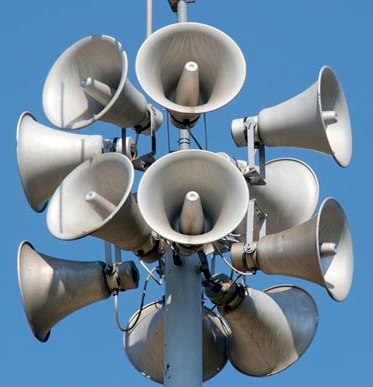California, USA —Realizing the limitations of using text messages to issue emergency warnings, vendors of mass notification system (MNS) software now are embracing additional means of delivering alerts, including smartphone apps.
MNS software traditionally has employed short message service (SMS) as the sole means of sending out warnings to remote recipients, according to a new report entitled “North American and European Markets for Mass Notification Systems ” from IHS Inc. (NYSE: IHS). However, SMS communications can be compromised in a large-scale emergency. With the increasing ubiquity of smartphones, MNS software vendors believe they can use push notifications and apps to provide a more robust notification system.
“The reliability of traditional telephone networks has always been a hit-or-miss proposition in the event of an emergency,” said Omar Talpur, security, fire and access control analyst at IHS. “In the case of a major event, such as the Boston Marathon bombing, a city’s entire telephone network can go down. For organizations that solely rely on SMS text messages to send MNS messages, such an emergency would have prevented warnings from being received. However, if those organizations could push warnings out to smartphones, many of the MNS alerts could still have been communicated.”
Since 2009, MNS push notifications have been made available through smartphone apps that provide users with the ability to message over Wi-Fi, eliminating the need for traditional phone networks to be operative.
While push notifications have a clear benefit, as highlighted with the Boston case study, the effectiveness of this approach depends upon the level of adoption of smartphones by end users. However, this is becoming less of an issue with an increasing number of people moving to smartphones. At the same time, push notifications would be supplementary to the existing SMS system that is in place with full replacement unlikely to occur.
“Multimodal systems that use various means of communication to end users are becoming a necessity to ensure that individuals are kept well-informed during emergency situations,” Talpur added. “SMS will continue to represent a part of an MNS. But as new technologies emerge, its influence on the overall MNS is expected to diminish. To keep up with the market, suppliers who have focused solely on SMS communications will need to invest in other technologies, or run the risk of being left behind in a very lucrative market.”








